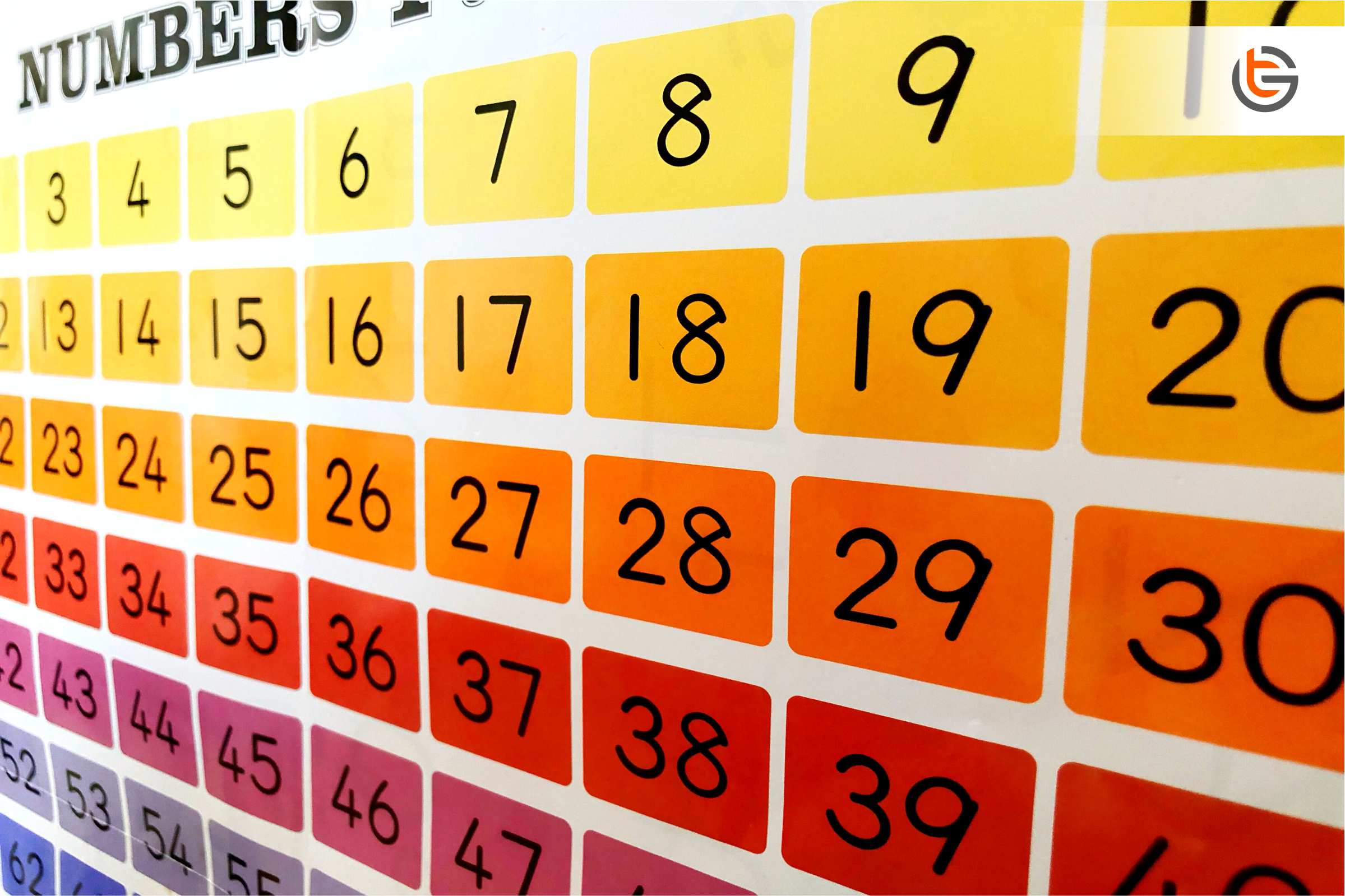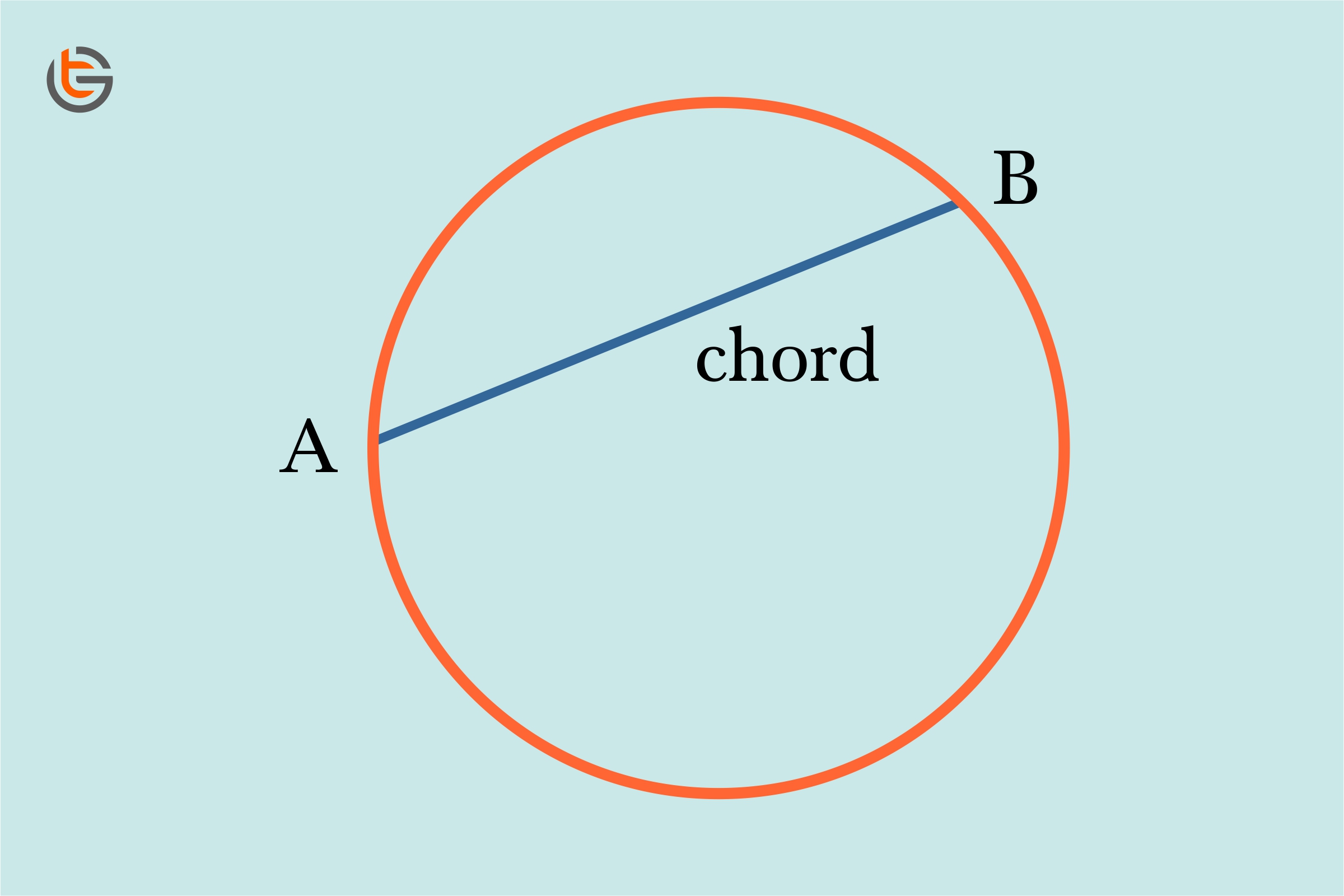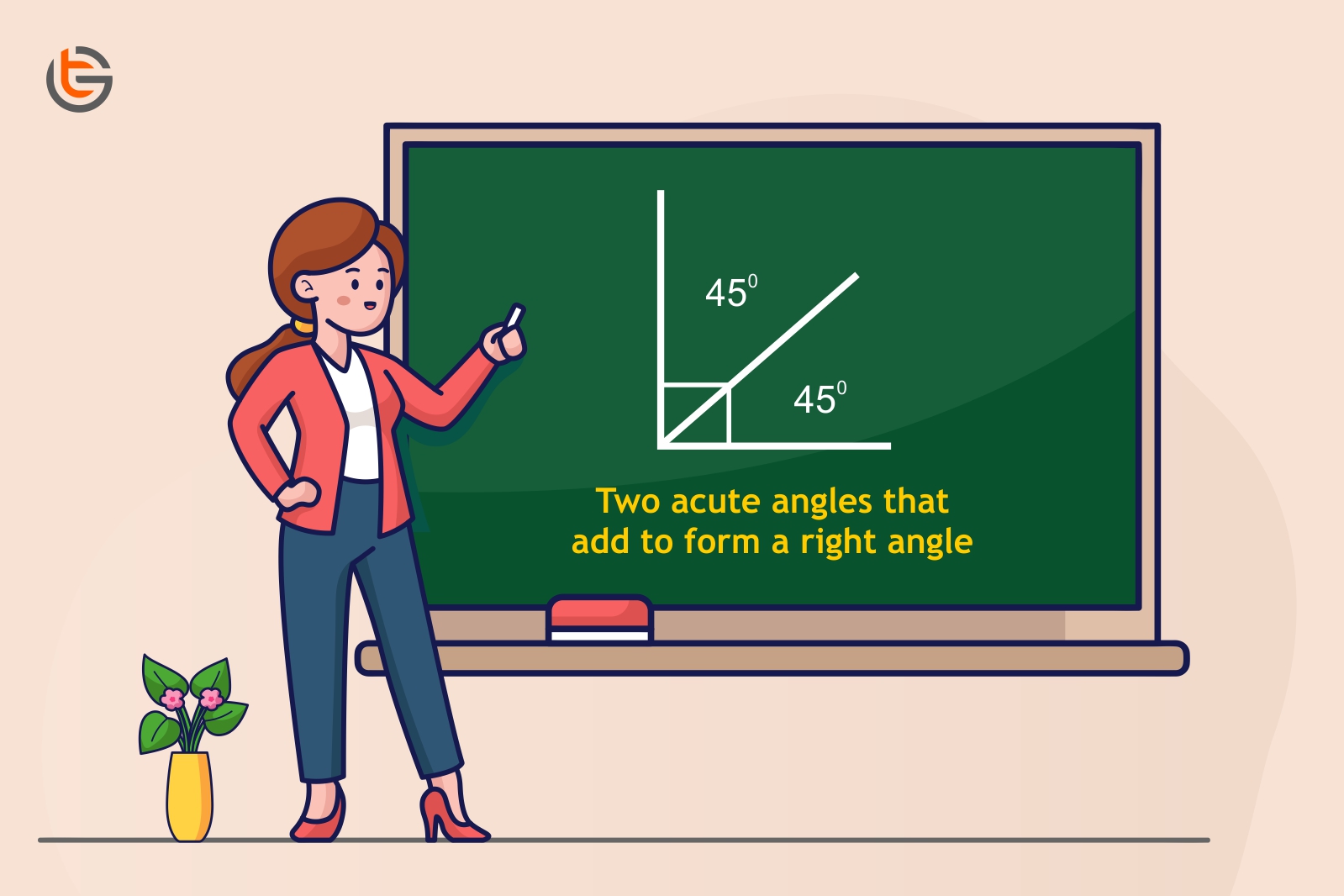Enrich your knowledge with our informative blogs
What is a whole number in math?

The number system mathematics consists of natural numbers, whole numbers, prime & composite numbers etc. which all are used to perform various calculations and arithmetic operations in our daily lives. We use numbers in our day to day activities as well such as for telling time (3 O’clock), for exchanging money (£ 50), match scores ( 6 goals), cooking recipes (measurement of ingredients), counting objects (9 spoons) etc. These all fall under the category of whole numbers.
Let’s understand what are whole numbers?
Whole numbers are set of all natural numbers including zero.
In natural numbers, we do not include zero. Natural numbers start from 1 and go to infinity. While whole numbers start from 0 and go up to infinity.
To sum up we can say that whole numbers are a set of all natural numbers (positive numbers) with 0. But, this set does not include decimal numbers, fractions, or negative numbers.
So, w = { 0,1,2,3,4,5,………….}
Here w denotes the set of whole numbers.
Things to remember:
- All natural numbers are whole numbers.
- All counting numbers are whole numbers.
- All positive integers including 0 are whole numbers.
- All whole numbers are real numbers.
- Whole numbers don’t include fractions, decimals, and negative integers.
- The smallest whole number is 0.
- There is no largest whole number.
- Except zero every whole number has an immediate predecessor.
Properties of Whole Numbers
The basic operations on whole numbers: addition, subtraction, division, and multiplication lead to some properties of whole numbers that are listed below:
1. Closure Property
This property states that if we add or multiply two whole numbers the result is always a whole number.
For example: 3+4 = 7 (whole number)
3 x 4 = 12 (whole number)
But one thing should be kept in mind that this property doesn’t hold true in case of subtraction and division
For example: 5 – 6 = -1(not a whole number)
1 / 4 = 0.25 (not a whole number)
2. Commutative Property
This property states that the sum and product of two whole numbers remain the same even after interchanging the order of the numbers.
If a and b are two whole numbers than a + b = b + a
Example:
14 + 3 = 17 and 3 + 14 = 17
We see that sum remains same after interchanging the order of the numbers. Same is the result in case of product.
Like Closure Property this property also doesn’t hold true in case of subtraction and division.
Example:
4 – 3 = 1 (whole number) but 3 – 4 is not equal to 1
We see the result is not the same after interchanging the order of digits. Same is in the case of division.
3. Associative Property
This property states that the sum or product of three whole numbers remains the same even irrespective of the order in which they are placed in the expression.
Say: x , y , z are three whole numbers then,
x + ( y + z ) = (x + y ) + z
For example:
3 + (4 + 15 ) = 3 + 19 = 22
(3 + 4) + 15 = 7 + 15 = 22
Hence, we get the same result no matter how the numbers are grouped.
In case of subtraction and division, this property doesn’t holds true.
4. Additive Identity
When a whole number is added to 0, the sum remains the same i.e. the number itself.
For example: 4 + 0 = 4
So, 0 is also known as additive identity.
5. Multiplicative Identity
When a whole number is multiplied by 1, the product remains the same i.e. the number itself
For example: 1 4 x 1 = 14
So, 1 is also known as multiplicative identity.
6. Distributive Property
This property states that when two numbers, take for example: a and b are multiplied with the same number c and are then added Or, if we first do the sum of a and b and then multiply it by c we will get the same answer.
The expression becomes: (a x c) + (b x c) = c x ( a + b)
For example:
Let a = 12 , b = 13 , c =1 4
Now, (12 x 14) + (13 x 14) = 168 + 182 = 350
14 x (12 + 13) = 14 x25 = 350
This proves distributive property.
Read More – Mathematics Questions
View More – Useful links for Your Child’s Development

Unleash the Power of visualization to break tough concepts
Wanna be the next Maths wizard? Discover the new way of learning concepts with real-life Visualization techniques and instant doubt resolutions.
Categories
Recent Posts
- List of the qualities you should look for in your tutors?
- What is the most useful formulas in math?
- Describe the process of eating to defecation of food?
- Difference between the natural and artificial active response by the immunology system.
- Explain the different circle theorems
- How are nerve cells adapted to their function?










